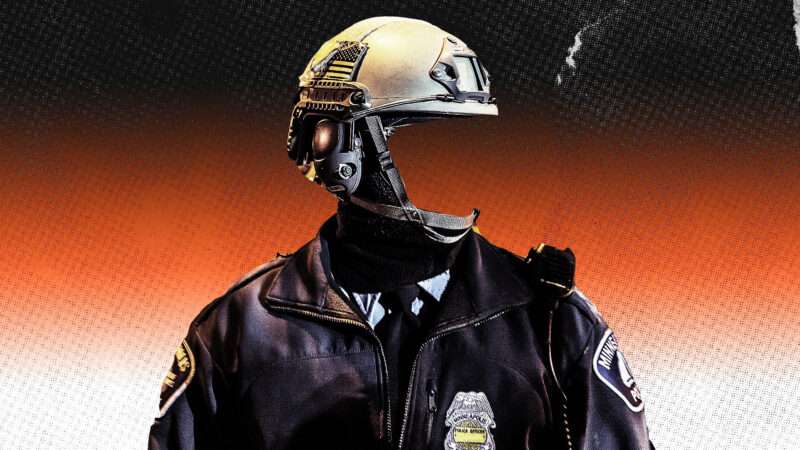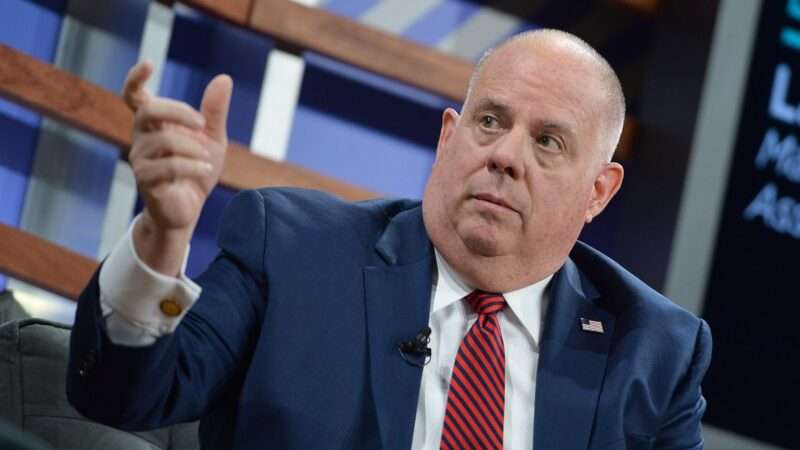
When a cop killed a man in Brooklyn Center, Minnesota, yesterday, the officer had reportedly pulled him over for hanging air fresheners on his rearview mirror. It wasn’t just the latest high-profile case of abusive policing—it was important reminder of the ill effects of criminalizing the most trivial behaviors.
Daunte Wright, 20, died after the officer allegedly mistook her gun for a taser, according to Brooklyn Center Police Chief Tim Gannon. After pulling Wright over for violating a Minnesota law that prohibits drivers from hanging objects—a rosary, fuzzy dice, an air freshener—from their mirrors, police noticed there was a warrant out for Wright’s arrest. Upon trying to detain him, Wright re-entered his car, at which point officers struggled with him. One deployed and fired her gun.
“Holy shit,” she says on the body camera footage. “I shot him!”
Although Gannon did not specify what the warrant pertained to, The New York Times reports that Wright failed to show up for a court appearance on two misdemeanor charges, one for carrying a pistol without a permit and the other for fleeing officers last summer.
News of the shooting prompted both peaceful protests and rioting in Brooklyn Center, a suburb of Minneapolis; a slew of businesses in the area were destroyed. Police in riot gear sought to break up crowds with tear gas and flash bang grenades.
Not long ago, that same area was engulfed in riots over the death of George Floyd, who was arrested after allegedly using a fake $20 bill to buy cigarettes. Officer Derek Chauvin, who knelt on Floyd’s neck for nearly nine minutes last May, is now on trial for murder. The Minneapolis police chief recently noted under oath that Chauvin flouted department protocol in doing so, with expert medical witnesses testifying that Floyd died of obstructed breathing.
The outcry over Floyd’s death thrust several previously seldom-discussed issues to the forefront of the national dialogue. Take qualified immunity, the legal doctrine that makes it difficult for victims of government malfeasance to hold state actors to account in civil court. Not long ago, talk of qualified immunity was confined to scholarly panels and magazines like this one. Now it’s being seriously discussed in legislative bodies across the country, with New Mexico recently becoming the third state to roll back the doctrine.
But one topic that still hasn’t received enough attention is the consequences of overcriminalization. Police accountability, training, and transparency are certainly important: If an officer cannot distinguish between a firearm and a taser, we have a problem. But it’s also a problem that cops could pull Wright over for this reason in the first place.
Eric Garner, one of the most publicized victims of police brutality, died after former New York City police officer Daniel Pantaleo choked him for the crime of selling loose cigarettes. Other victims aren’t as well-known. Like Ramon Lopez, who died after Phoenix police officers chased, tackled, and pinned him on searing hot asphalt because someone had called 911 to report him for loitering in a parking lot, “jumping around,” “looking at people’s cars,” and wearing “ripped pants.”
Serious criminal justice reform should include an effort to criminalize fewer things. We need to slash away the laws that make virtually everyone a criminal—and that lead to so many unpleasant, and sometimes deadly, confrontations with law enforcement. Daunte White would be alive today had he not dared to hang an air freshener in the wrong spot.
from Latest – Reason.com https://ift.tt/3e0yVIY
via IFTTT


